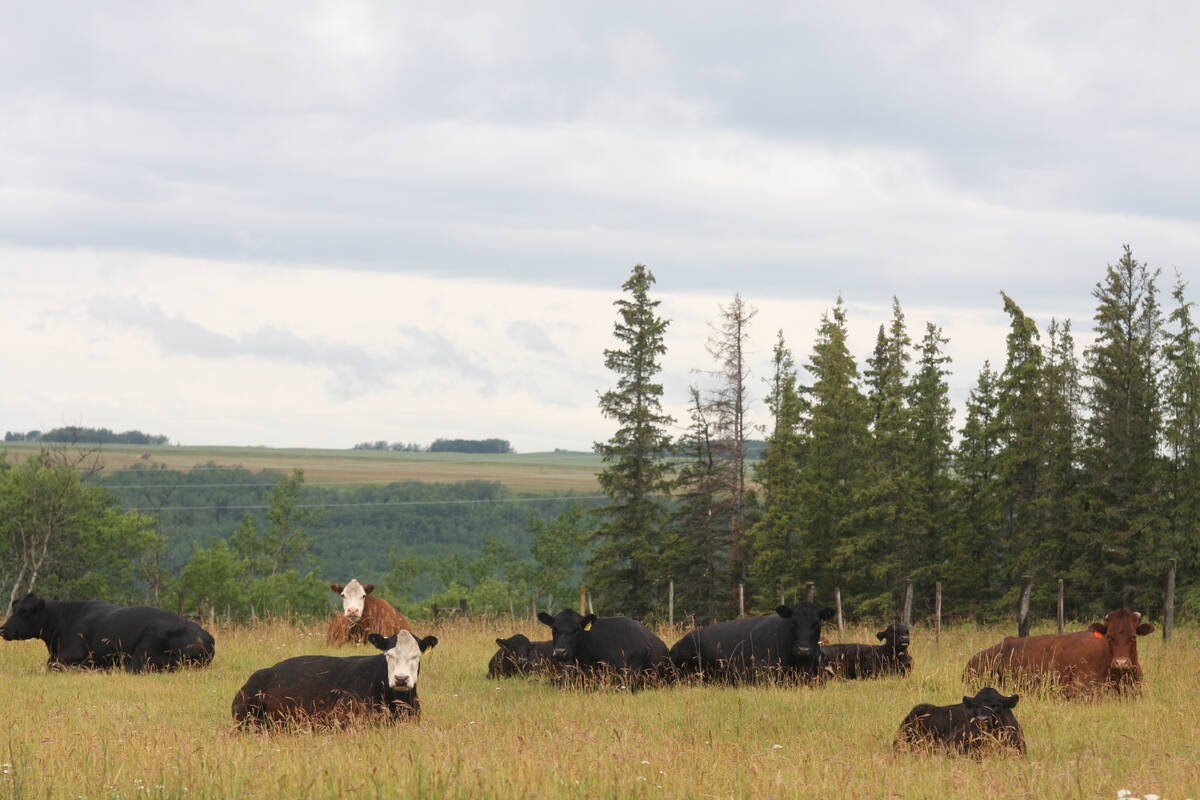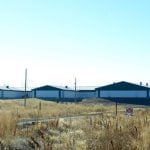How much protection against flooding is enough? This question is often asked in the Red River basin.
The Red River Basin Commission’s recent study, Long Term Flood Solutions for the Red River Basin (LTFS), found little consensus on the answer to this question. As a result, flood protection practices in the basin’s communities and municipalities vary widely. While the City of Winnipeg has 700-year protection, a number of basin cities lack permanent protection altogether.
The study also found that existing guidelines typically require only minimal levels of protection. For instance, FEMA continues to use 100-year elevation as the baseline for levee certification, despite the fact that areas in the Red River basin have experienced 250-year, and even 500-year, recurrence floods.
Read Also

Untangling Alberta Beef Producers’ withdrawal from the Canadian Cattle Association
An outline of some of the issues Alberta Beef Producers has brought forward as reasons for a potential membership withdrawal, as well as the Canadian Cattle Association’s response
Other guidelines, such as those used by the U.S. Army Corps of Engineers, use economic criteria that may make one community eligible for flood protection funding, but not another. And although states/provinces typically have guidelines for funding projects, these guidelines tend to follow federal minimums for levels of protection.
In short, the LTFS study found that: 1) guidelines for levels of protection in the basin are few, 2) guidelines often do not match the record of real and potential flood levels in the basin, and thus, 3) communities may have a false sense of protection when they meet minimum standards of current guidelines.
The study concluded that appropriate goals for levels of flood protection in the Red River basin could help reduce risk of damages from future large floods. Such basin-wide goals could guide local, state/provincial and federal governments’ long-term planning and prioritizing of protection projects.
To this end, the LTFS study recommends the following guidelines for levels of protection:
- Major urban areas: 500 year or greater.
- Critical infrastructure: 500 year or greater.
- Cities/municipalities: 200 year or greater.
- Critical transportation: 200 year or greater.
- Rural residences and farmsteads: 100 year or greater.
- Agricultural cropland: summer flood: 10 year or greater.
These guidelines were developed as part of a comprehensive, basin-wide approach to floodplain management that includes recommendation for non-structural measures and retention strategies in conjunction with raising levels of protection.
For more details on the LTFS study’s conclusions and recommendations for action, the full report is published on RRBC’s website at http://www.redriverbasincommission.org/Comprehensive_Report_12-15-11_FINAL.pdf.














